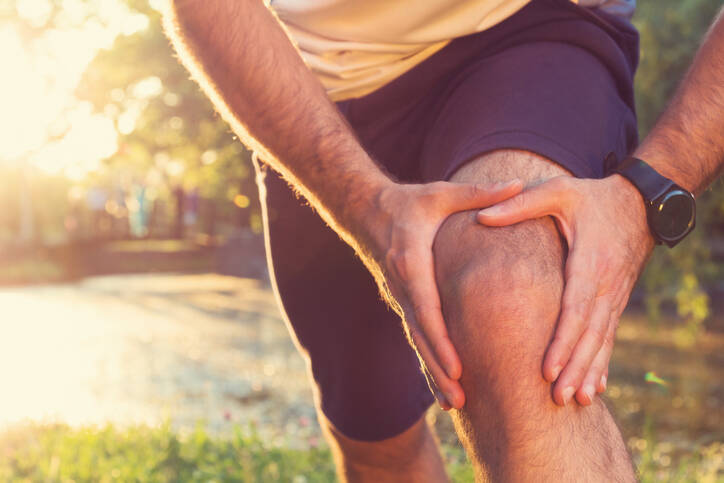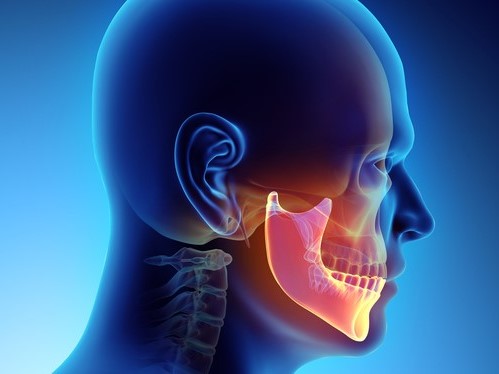- Joe G. Hardin. "Arthralgia". Clinical Methods - The History, Physical, and Laboratory Examinations. Retrieved 2007-09-20.
- James R Philp. "Allergic Drug Reactions - Systemic Allergic Drug Reactions". Clinical Methods - The History, Physical, and Laboratory Examinations.
- Joe G. Hardin. "Table 161.1. Some Common Regional Rheumatic Syndromes". Clinical Methods - The History, Physical, and Laboratory Examinations.
- Loris McVittie. "Information from CDC and FDA on the Safety of Gardasil Vaccine". supplement to your biologics license application (BLA) for Human Papillomavirus Quadrivalent (Types 6, 11, 16 and 18) Vaccine, Recombinant (GARDASIL), to include arthralgia, myalgia, asthenia, fatigue, and malaise in the Adverse Reactions section of the package insert. Retrieved 2008-07-21.
- Table 6-8 in: Elizabeth D Agabegi; Agabegi, Steven S. (2008). Step-Up to Medicine (Step-Up Series). Hagerstwon, MD: Lippincott Williams & Wilkins. ISBN 978-0-7817-7153-5.
- Diagnosis lag time of median 4 weeks, and median diagnosis lag time of 18 weeks, taken from: Chan, K. W.; Felson, D. T.; Yood, R. A.; Walker, A. M. (1994). "The lag time between onset of symptoms and diagnosis of rheumatoid arthritis". Arthritis and Rheumatism. 37 (6): 814–820.
- Doria, A.; Zen, M.; Canova, M.; Bettio, S.; Bassi, N.; Nalotto, L.; Rampudda, M.; Ghirardello, A.; Iaccarino, L. (2010). "SLE diagnosis and treatment: When early is early". Autoimmunity Reviews. 10 (1): 55–60.
- Page 740 (upper right of page) in: Schaider, Jeffrey; Wolfson, Allan B.; Hendey, Gregory W.; Ling, Louis; Rosen, Carlo L. (2009). Harwood-Nuss' Clinical Practice of Emergency Medicine (Clinical Practice of Emergency Medicine (Harwood-Nuss)). Hagerstwon, MD: Lippincott Williams & Wilkins. ISBN 978-0-7817-8943-1.
- Passier, Anneke; van Puijenbroek, Eugene (November 2005). "Mirtazapine-induced arthralgia". British Journal of Clinical Pharmacology. 60 (5): 570–572.
- "Table 159mptomatic Extraarticular Features of the Connective Tissue Diseases and the Spondyloarthropathies". Clinical Methods - The History, Physical, and Laboratory Examinations.
- "Pain Management". Arthritis Action UK.
Joint Pain: Causes, Symptoms, Treatment

Photo source: Getty images
Diseases with symptom "Joint Pain"
- Acne
- Adenovirus infection
- Amyloidosis
- Angina tonsillitis
- Arthrosis
- Autoimmune thyroiditis - Hashimoto's disease
- Axial spondyloarthritis
- Bechterev disease
- Bronchitis
- Celiac Disease
- Chlamydia Infection
- Chronic fatigue syndrome
- Coronavirus - COVID-19
- Crohn's disease - Morbus Crohn
- Cytomegalovirus infection
- Dengue fever - dengue virus
- Ebola
- Enteropathic Arthritis
- Facet joint syndrome
- Gonarthrosis
- Haemochromatosis
- Hemophilia
- Hives
- Hyperparathyroidism and hypoparathyroidism
- Hypothyroidism - reduced thyroid function
- Infectious Mononucleosis
- Inflammation of the nasopharynx - pharyngitis
- Jaundice
- Juvenile idiopathic arthritis
- Kidney inflammation
- Kyphosis hyperkyphosis
- Laryngitis
- Leukemia
- Lyme disease
- Mammary Gland Inflammation
- Measles
- Monkeypox - Monkeypox
- Myocarditis
- Non-specific intestinal inflammation - IBD
- Obesity
- Osteochondrosis
- Osteoporosis
- Overlap syndrome and mixed connective tissue disease
- Pemphigus - Pemphigus
- Pneumonia
- Polymyositis and Dermatomyositis
- Premenstrual syndrome - PMS
- Psoriasis
- Psoriatic arthritis
- Reactive Arthritis
- Rheumatic Fever
- Rheumatoid Arthritis
- Zarděnky
- Sarcoidosis
- Sciatic Nerve Inflammation - sciatica
- Septic Arthritis
- Spina bifida
- Spondylarthritis
- Syphilis
- Systemic Lupus Erythematosus
- Tennis elbow
- The common cold
- Tick-borne encephalitis
- Ulcerative Colitis
- Undifferentiated spondyloarthritis
- Vasculitis
- Vertebrogenic Pain Syndrome
- Coccygeal pain
- Arthritis
- Coxarthrosis
- Gout
- Histamine intolerance
- Metabolic syndrome
- Pituitary adenoma
- Scleroderma
- Sjögren's syndrome
- Influenza
- Yellow Fever
- Zika virus












